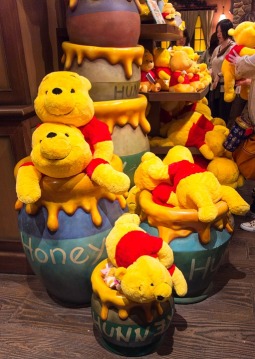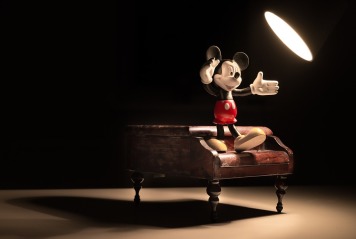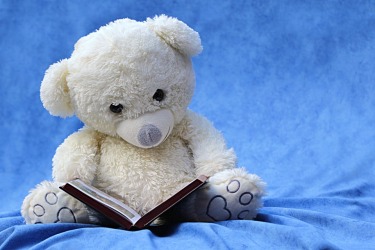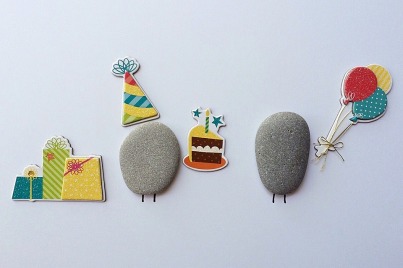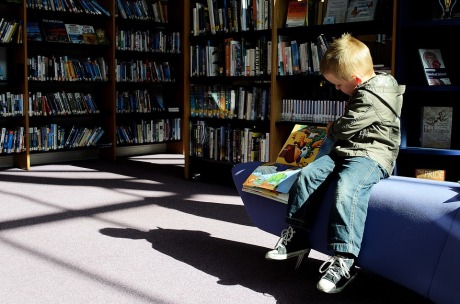When I try to recall my earliest memory, this is what comes up – me as a four-year-old, standing on the school stage amongst a group of kids all belonging to my age group, with all of us acting out the nursery rhyme Twinkle Twinkle Little Star playing backstage with music. I vividly remember the simple steps even today. I also recall that we were all dressed in blue – girls in sky blue dresses and boys in sky blue shirts and dark blue trousers.
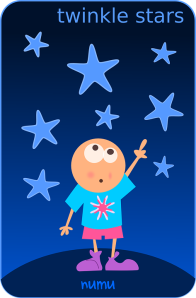
“Stars” by Clker-Free-Vector-Images is licensed under CC by 2.0
So today, when I came across an article on the importance of nursery rhymes and poems in the overall development of a child starting from as young as preschool, I realized I had never looked at it from that perspective. Hence, it seemed an interesting subject to share with like-minded parents here. Leave alone just worksheets, studies and online games that are educational, here is how poems and nursery rhymes too are helpful for our children.
Nursery rhymes narrate a story with rhythm
Mary had a little lamb, little lamb,
little lamb, Mary had a little lamb
whose fleece was white as snow.
And everywhere that Mary went
Mary went, Mary went, everywhere
that Mary went
The lamb was sure to go.
Remember this evergreen rhyme which talks about Mary and her little lamb? It has a musical lilt to it, with several words being repeated time and again to aid in the child’s memory development, and the story progressing to how her little white lamb follows her to school and makes the children laugh and play. This is a tale in itself which is sure to capture a young kid’s imagination. Add to it actions or motions and it becomes a fun activity for kids to incorporate movement into the musical story. Preschoolers may not understand each word of a poem, but they will definitely take to the musical beat and sing or act along.
Poems help to build vocabulary
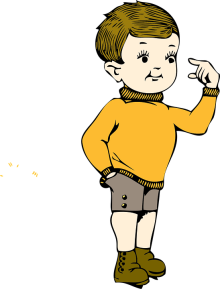
“Boy” by Clker-Free-Vector-Images is licensed under CC by 2.0
Chubby cheeks, dimple chin
Rosy lips, teeth within
Curly hair, very fair
Eyes are blue – lovely too.
Teachers pet, is that you?
Yes, Yes, Yes!
Not many preschoolers will know what ‘chubby’ or ‘dimple’ means. However, if you act out the above verses with them, pointing to each part of the body mentioned in the lines, it serves a double purpose – one, kids get to learn about the different parts of their body; two, new words are introduced into their world, which they have not come across earlier. They are very unlikely to forget these easily, since the nursery rhymes learnt in the early years more often than not manage to stay with us throughout our lives. A catchy rhyme does the trick in helping kids remember words easily, thus helping them develop memorization skills too.
Rhymes make dry facts colorful
One, two
Buckle my shoe,
Three, four
Open on the door,
Five, six
Pick up sticks,
Seven, eight
Lay them straight,
Nine, ten
A good fat hen,
Eleven, twelve
Dig and delve,
Thirteen, fourteen
Maids a-courting,
Fifteen, sixteen
Maids in the kitchen,
Seventeen, eighteen
Maids a-waiting,
Nineteen, twenty
My plate’s empty.
Simply counting down from 1 to 20 can be a pretty dry exercise. Making that same counting turn into a nursery rhyme will have kids captivated, especially if they act it out, as in One Two Buckle My Shoe. Another similar instance is the traditional poem called Thirty Days Hath September to remember the number of days in the months of the Gregorian calendar. This way it’s a win-win situation all along, with children learning new words, important facts and having fun all the while too.
Feeling a sense of nostalgia after all these years? Just hum along with these popular nursery rhymes all of us sang and danced to as kids. Each one of them brought a smile to my face!

